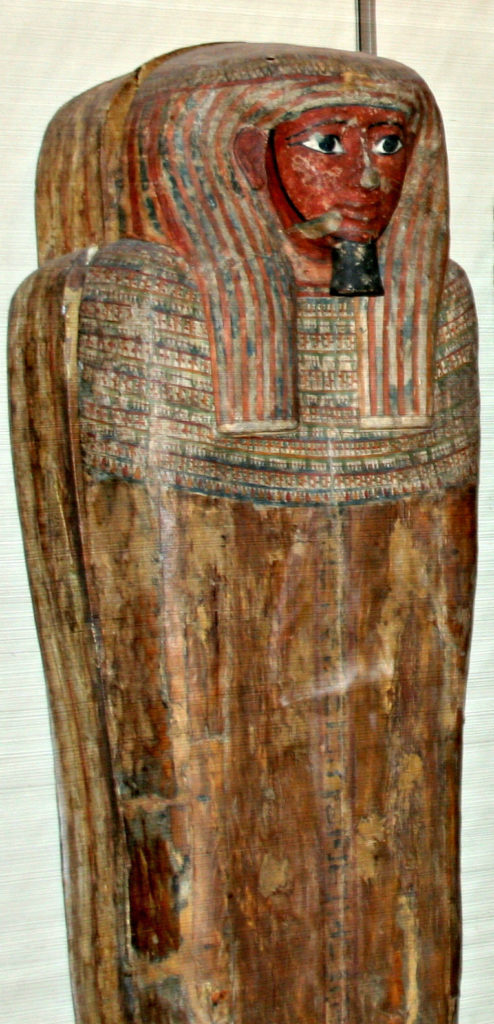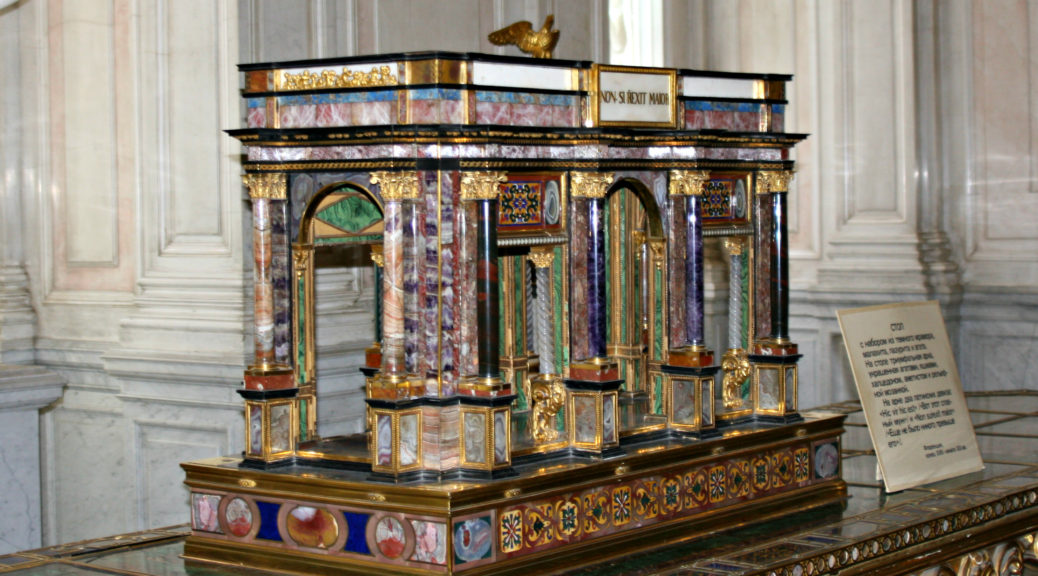
The Hermitage
The Hermitage is the world’s second largest museum. The museum’s collection is housed in five connected buildings, the largest being the Winter Palace. We visited the Hermitage with our guide, Anna, who was on summer break as a high school history teacher. She would show us some of the highlights of the museum as it would be impossible to see everything. I thought this quote put the magnitude of the Hermitage in perspective:
With over 3 million items in its collection, it also definitely rewards repeat visits, and new-comers can only hope to get a brief taste of the riches on offer here…One estimate has it that you would need eleven years to view each exhibit on display for just one minute.
http://www.saint-petersburg.com/museums/hermitage-museum/
Catherine the Great actually began the art collection in 1764 with the purchase of 255 paintings. More artwork was purchased on her behalf and Nicholas I continued the practice. After the October Revolution, many private collections were confiscated and taken to the Hermitage.
The first picture below is of the Winter Palace which is home to the majority of the Hermitage’s collections. There was a fire in the Winter Palace in 1837, which at that time was home to Russian emperors. Most all of the pieces in the collections were saved. It was restored in the years following and the wood was replaced with iron and brick. The second picture is of the General Staff Building. It is opposite the Winter Palace, sitting on the other side of Palace Square. It underwent renovation from 2008 to 2014 and now houses some of the Hermitage’s art collections.
The picture above the title of this post is of one of the museum pieces. I don’t remember much about the piece and have been unable to find information specific to it. However, the words on the piece, “non surrexit maior,” are roughly translated “there arose none greater.” Most references I found link these words to John the Baptist so I think this is a tribute to him.

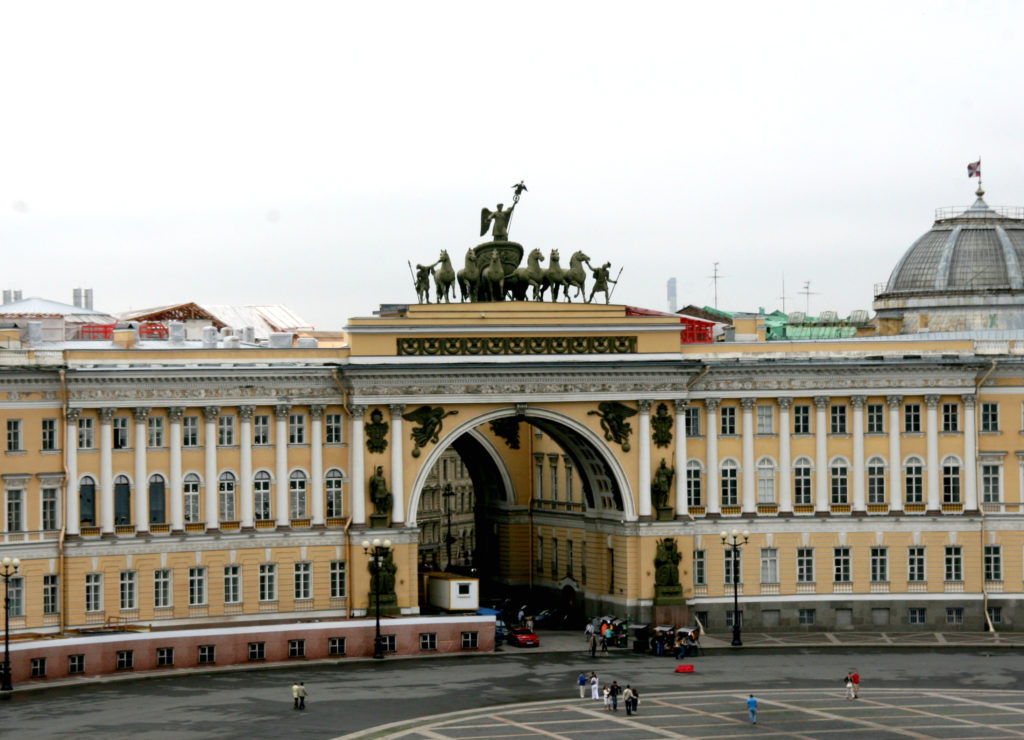
One of the first rooms we visited was the Malachite Room. It dates back to 1830 and is located in the Winter Palace. It once served as the state drawing room for Empress Alexandra Fiodorovna who was the wife of Nicholas I. The provisional government met in this room from June to October of 1917. Today, 19th century art is on display here. The room gets its name from the use of malachite, a stone found in the Urals (a mountain range in western Russia). A thin layer of the malachite is stuck to stone or metal with mastic and then finely ground and polished. This process was used with the pillars in the room and some of the pieces decorating the room. The ceiling and doors are gilded. The last picture was taken in Nicholas Hall which displays exhibits. It seemed to fit with what we saw in the Malachite Room so I decided to include it here.
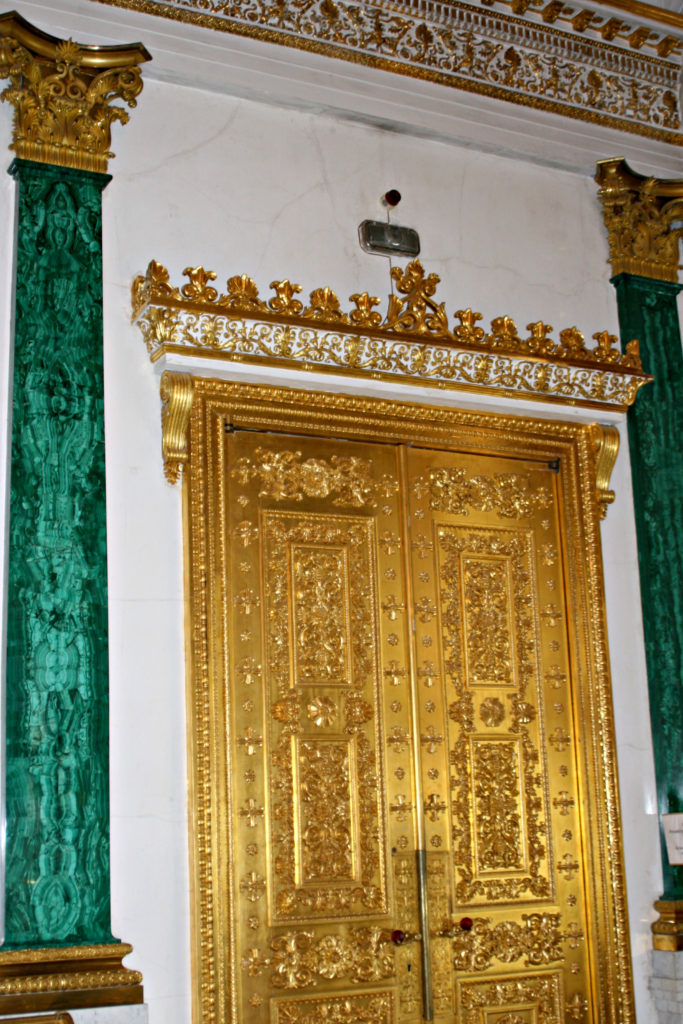


The next two pictures are of Alexander Hall which was created during the restoration of the Winter Palace after the fire in 1837. The Hall is decorated in memory of Alexander I. Much of the decoration on the walls and ceiling commemorate the Patriotic War of 1812 and battles in 1813 and 1814. There are also display cases of beautiful silver.
This is followed by two pictures from the War Gallery of 1812, very much like a long hallway. The walls are lined with 333 frames picturing important commanders who defeated Napoleon and forced his retreat from Moscow to Paris. Thirteen of the frames are blank because there are no pictures or drawings of these commanders. Their names and ranks are printed with the frames. At the end of the gallery is a portrait of Tsar Alexander I in his military uniform. The War Gallery is in the Winter Palace, very near the Throne Room. It likely served as a reminder of those appearing before the tsars of Russia’s power. All of these pictures were saved in the fire of 1837 by a guardsman who took them safety. The room was re-created and the pictures once again displayed.
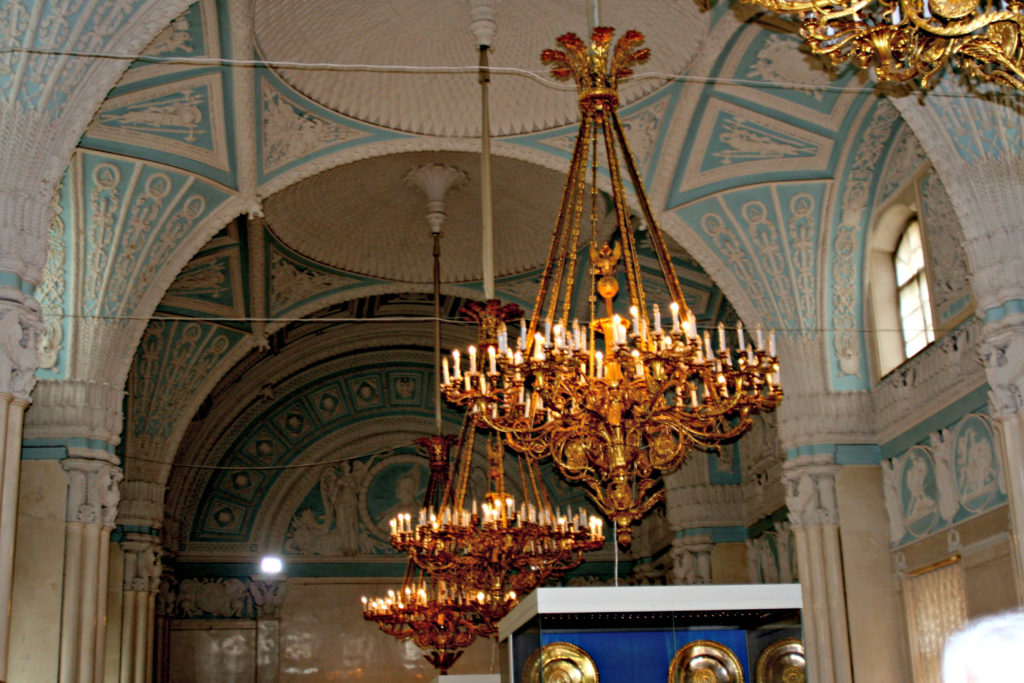

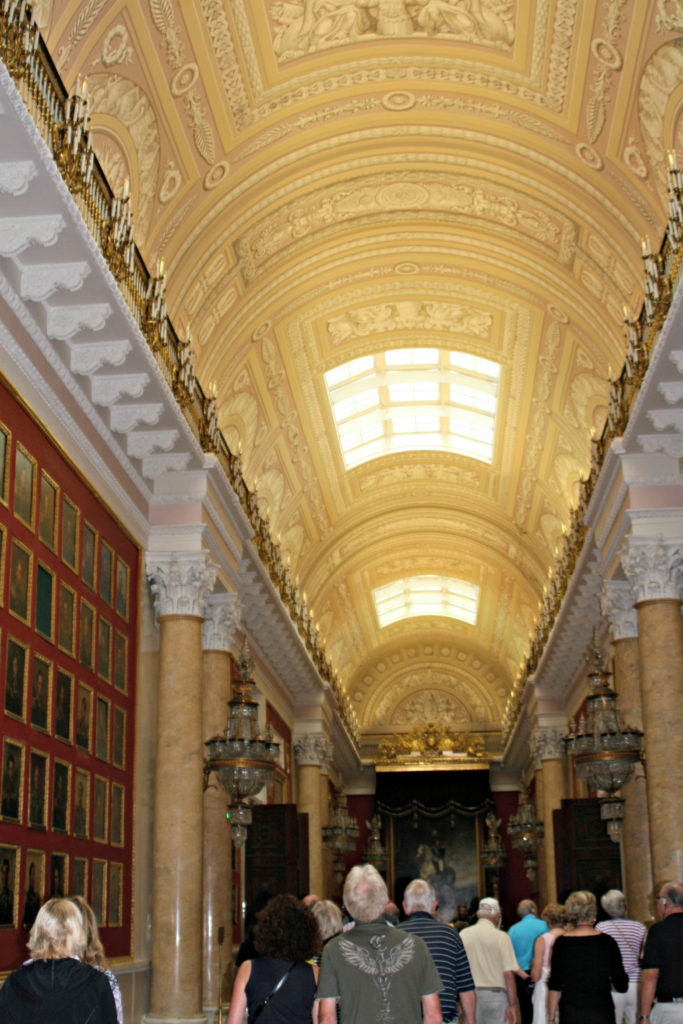

The next pictures were taken in St. George Hall which served as the throne room for Russian tsars. Formal ceremonies and receptions were held here. It first opened in 1795 and was re-created after the fire. While the new architect added some of his ideas, much of the original design was preserved. The room has white carrara marble from Italy and the ceiling has copper sheets that are attached to a metal structure. There are 28 crystal and bronze chandeliers. The throne sits on a raised platform and has a baldachin (canopy). Behind the throne is a two-headed eagle and above it is a bas relief of St. George on a stallion with a long sword ready for battle. Unfortunately when I took the picture, I was more focused on the baldachin and missed part of St. George.
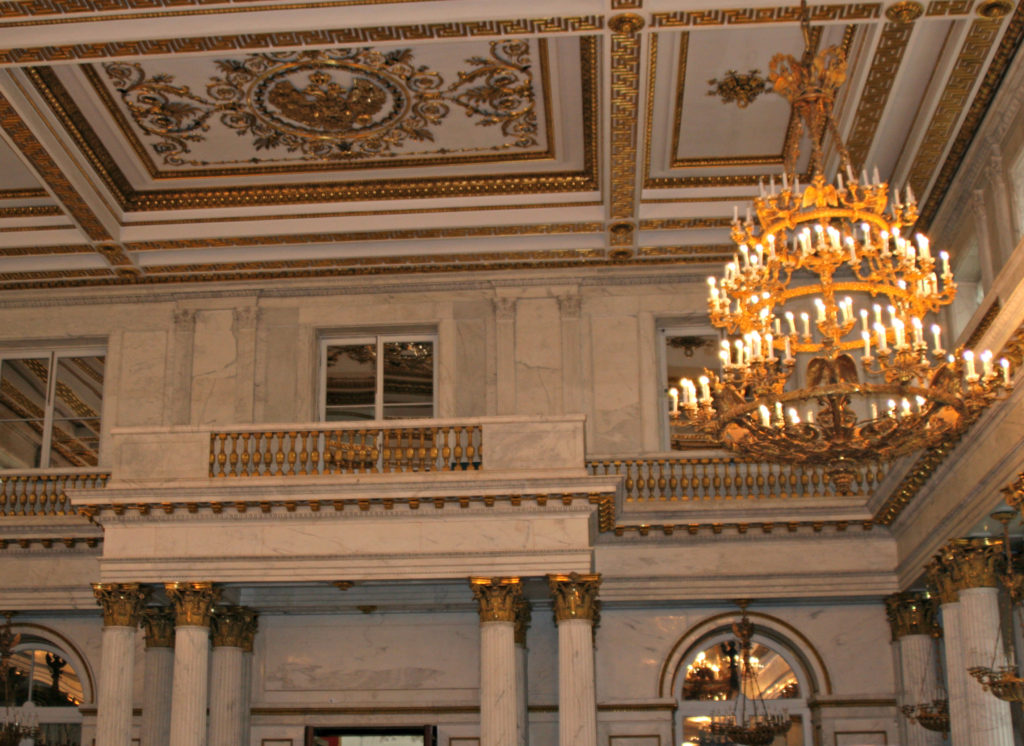
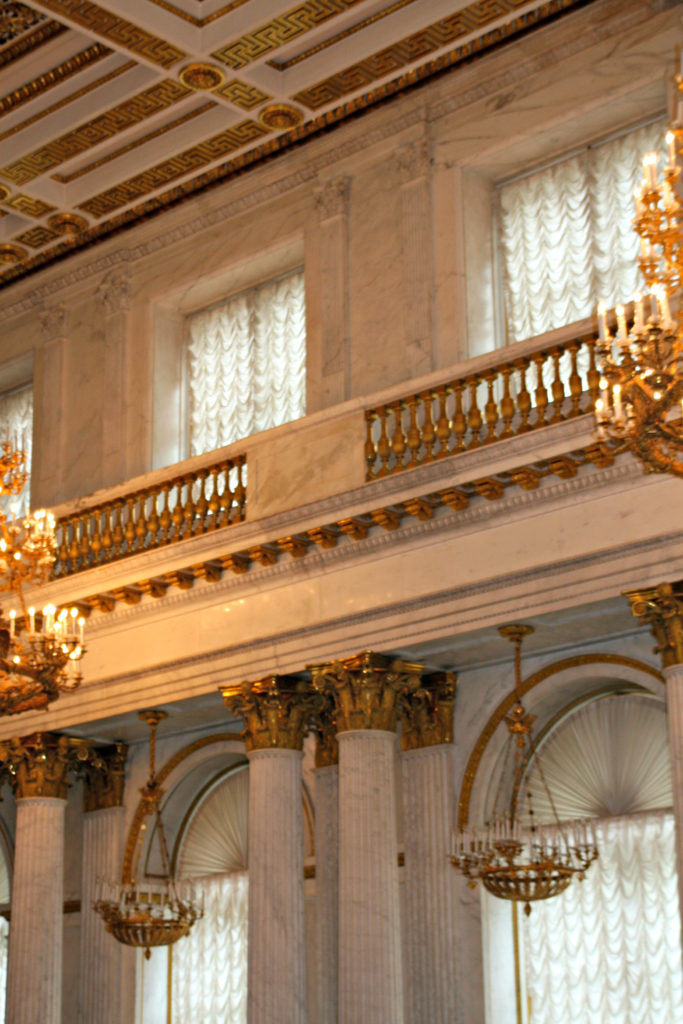
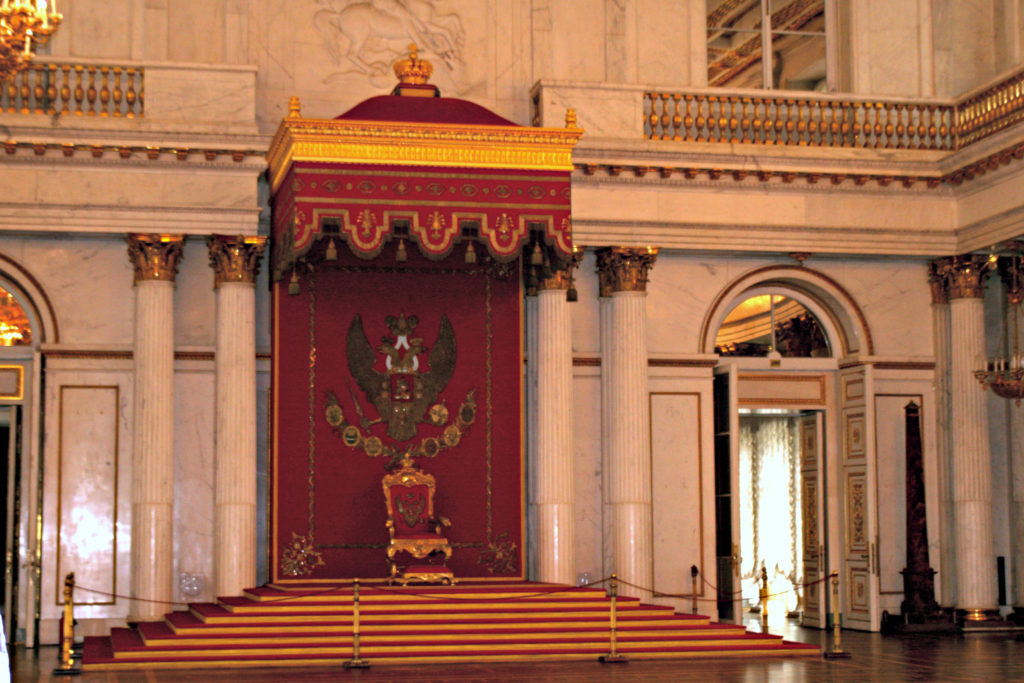

These are pictures of Pavilion Hall which is located in the Small Hermitage. This pavilion has 28 chandeliers, beautiful white columns, and decorative gold leaf. The floor is a copy of a Roman mosaic and features Medusa and sea creatures. There is a niche with a half dome, but certainly the highlight of the room is Catherine the Great’s Peacock Clock. The clock was purchased in England in 1781, brought to Russia in pieces, assembled, and has worked since 1794. It features three life-size mechanical birds. When wound, the owl turns his head, his cage rotates and bells ring; then the peacock spreads her tail and finally the rooster, to the right, will crow. Due to the delicate mechanism, it is only wound once a week (on Wednesdays). There is a video of the clock functioning at https://www.hermitagemuseum.org/wps/portal/hermitage/panorama/virtual_visit/virtual_hermitage/small_hermitage/?lng=



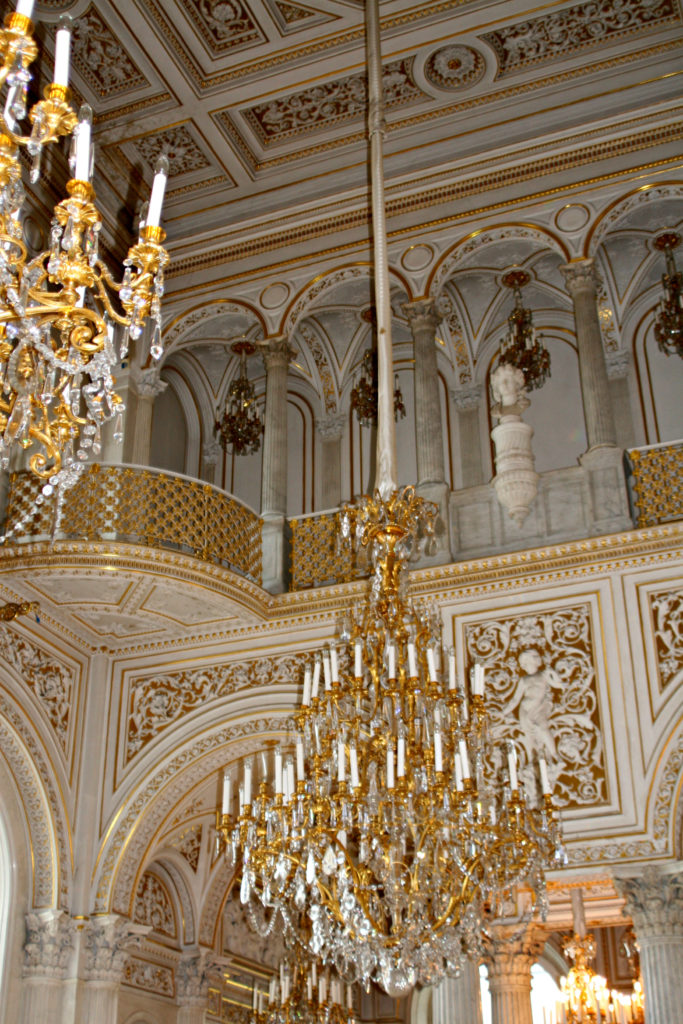

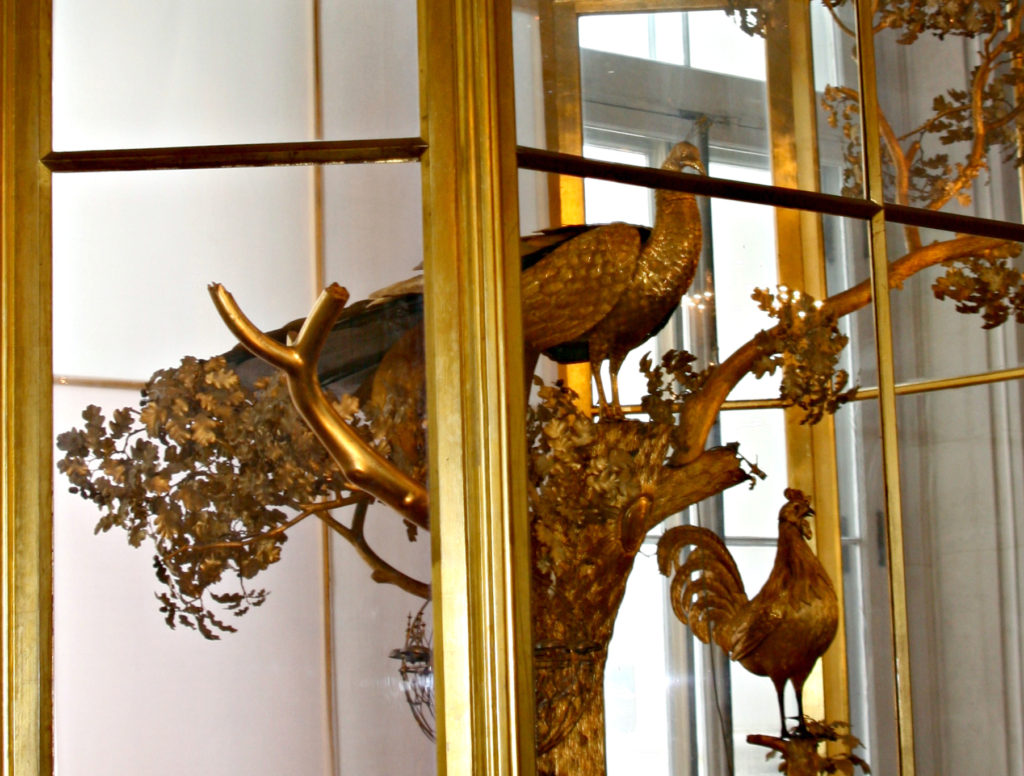
Another room I would like to share with you is the Large Italian Skylight Room which is located in the New Hermitage. It was designed to display large canvas paintings. The room was named because of the large skylight that illuminates the room. In addition to paintings, there is furniture and work of stone-cutters from the 19th century. The people in the pictures will give you a sense of the height of the ceilings.

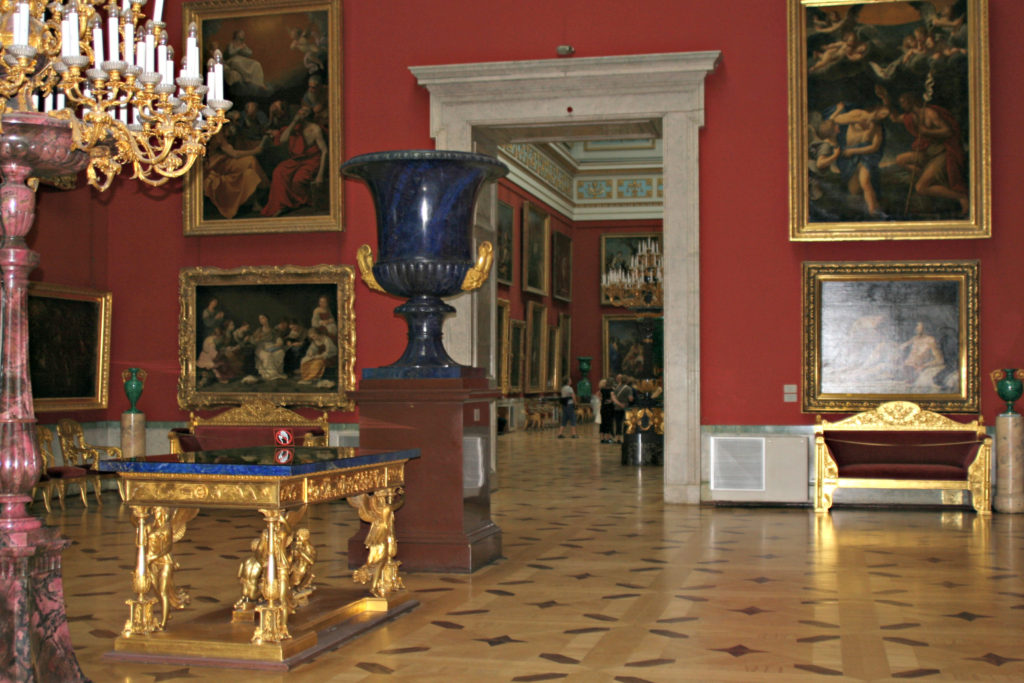
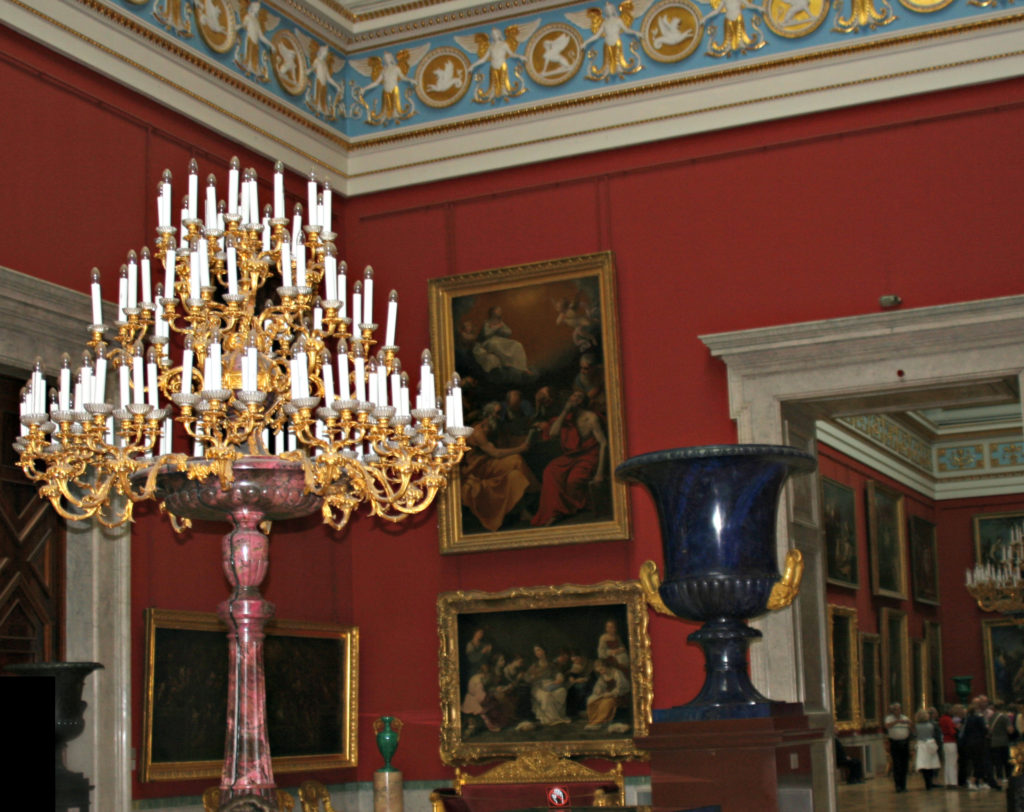
Next are pictures from Raphael Loggias. Catherine the Great admired the prints she had seen of frescoes in the Vatican Palace. Since she could not purchase them, she had them copied on canvas. They are displayed on the vault and called “Raphael’s Bible.” The first picture will give you a view of the space called Raphael Loggias. This is followed by details of the columns and some of the works that were copied (creation and the building of the ark).
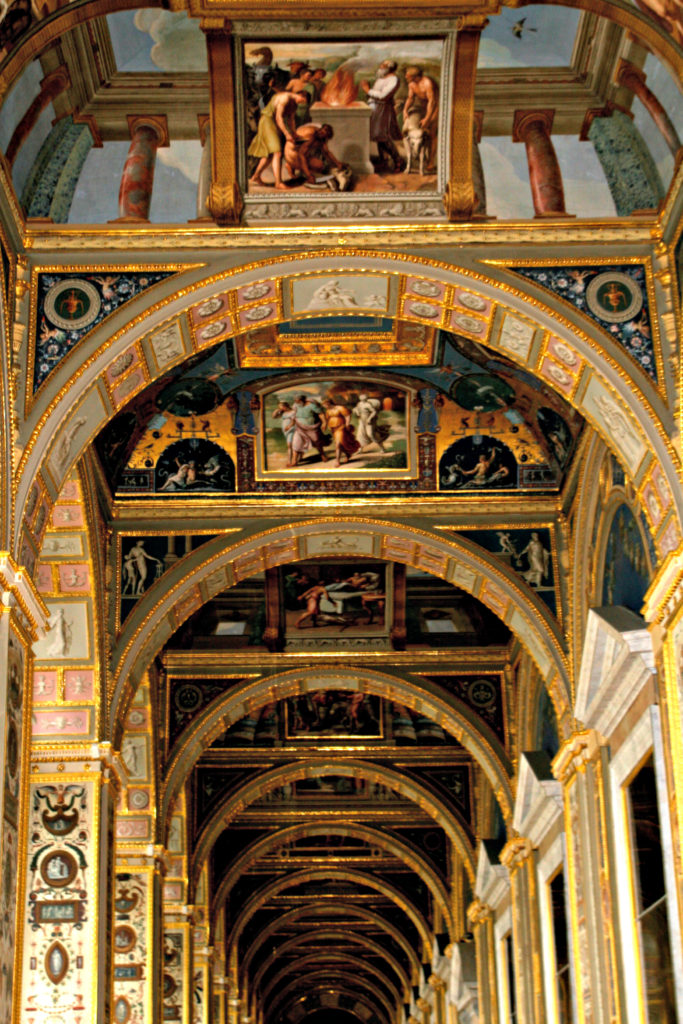
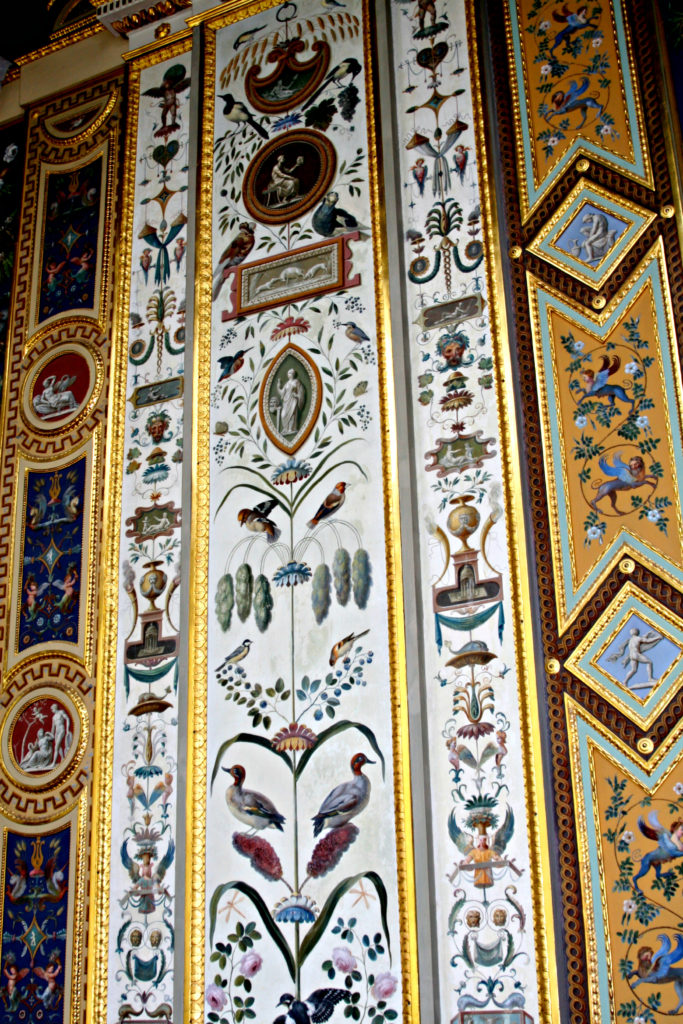


Next I want to show you some of the paintings and other artwork we saw. As we entered different rooms, there was a “minder” assigned to each room to make sure visitors adhered to any posted rules. The museum pieces were very accessible. We could get very close to many of the pieces – most (but not all) could be photographed. I was amazed to be so close to these masterful pieces of art.
Since we just left the Raphael Loggias, I thought I would start with two of Raphael’s paintings. The first is The Holy Family, also known as the Madonna with Beardless Joseph. It was painted in Florence in 1506. The Hermitage restorers transferred the original painting on wood to canvas. The second picture, also by Raphael, is entitled Madonna and Child. It was painted in 1504 and is in a gilded frame.
In a room adjacent to Raphael’s paintings is a statue named “The Crouching Boy” by Michelangelo. Acquired on behalf of Catherine the Great in 1785, it is the only work by Michelangelo in a Russian museum. It was carved in Florence of marble and may have been intended for the Medici Chapel in Florence. It is only 22 inches tall and was not finished. It is believed the boy in the sculpture is taking care of his injured foot.
The fourth picture is entitled Madonna and Child, or the Little Madonna. It was painted by Leonardo da Vinci in the early 1490s. If you look closely at Jesus’ left hand, you will see He is holding a small red bird. This is a sign of the blood he would later shed. In 1865, it was acquired by Alexander II from Count Antonio Litta of Milan. There is also a picture of one of the doors that is in the Leonardo da Vinci Room (where this picture is located). It has a tortoise-shell veneer and is decorated with gilded brass.

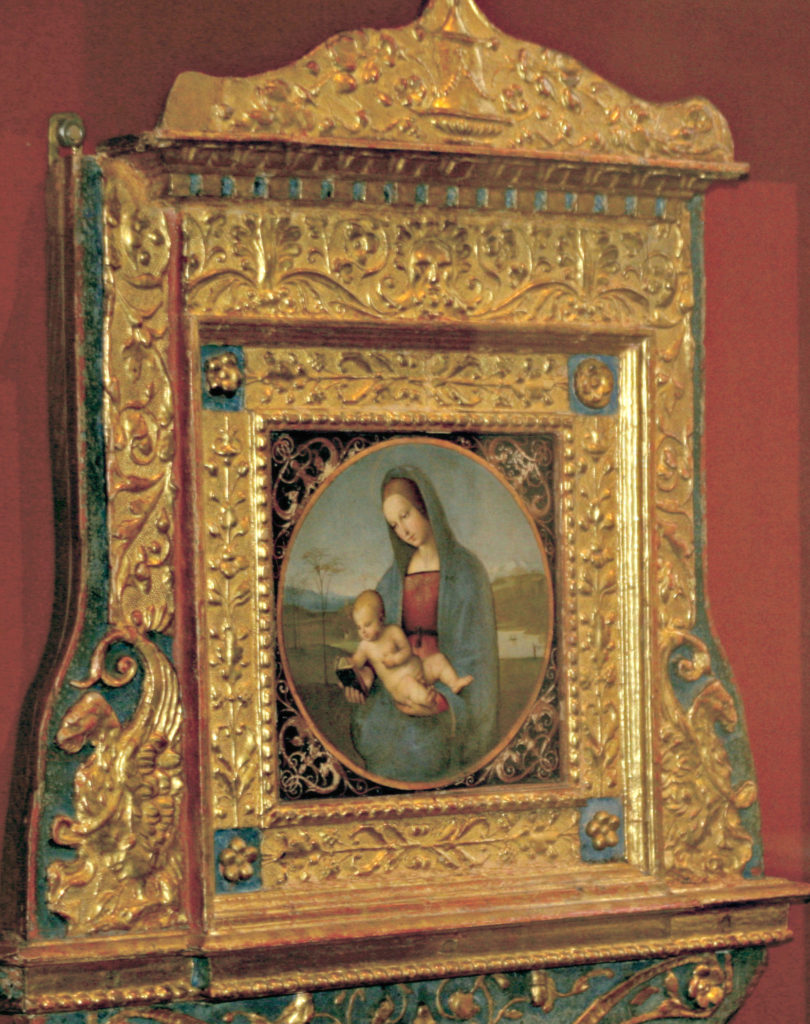
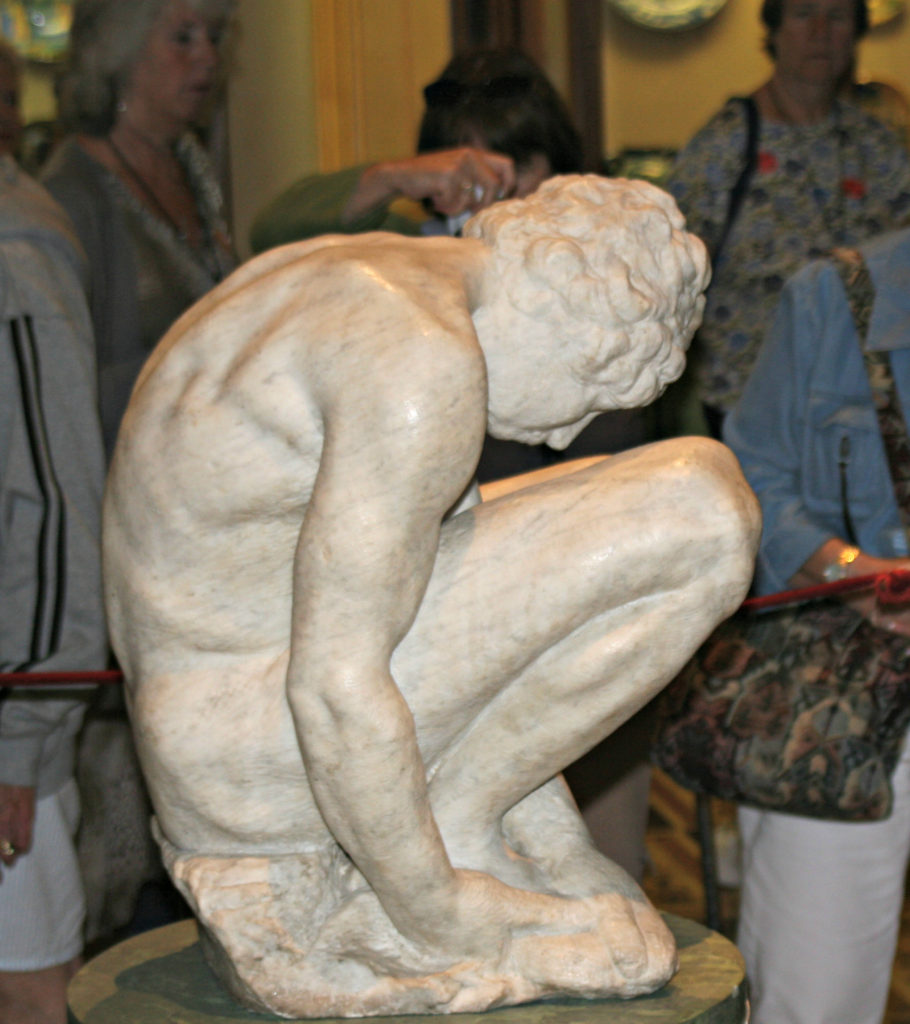
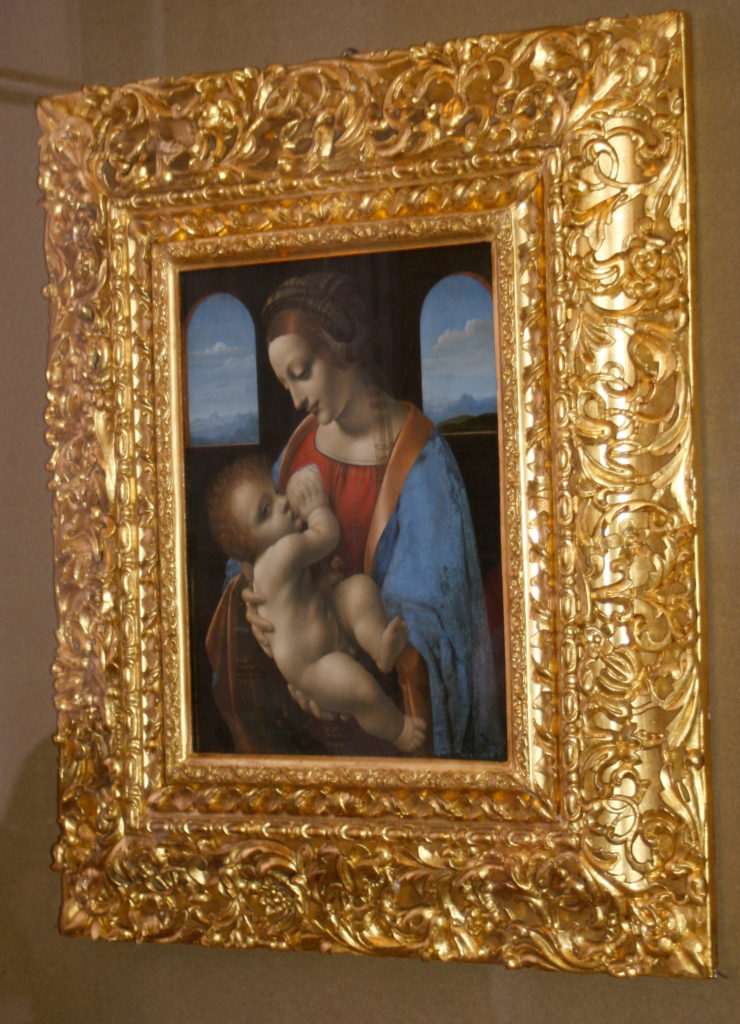
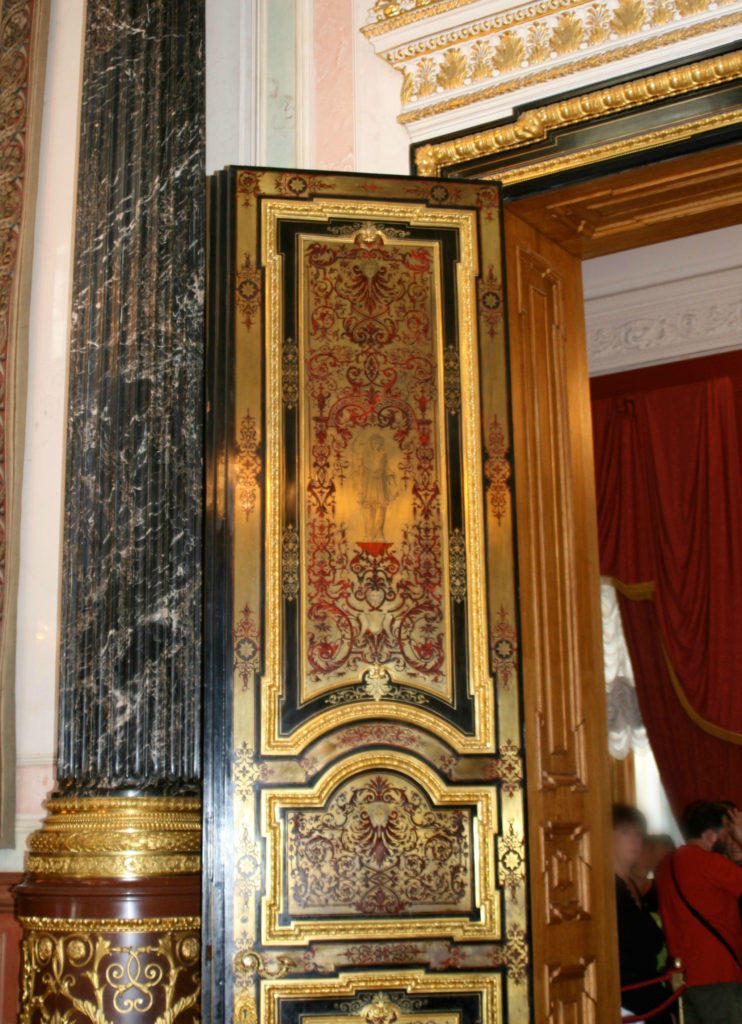
The last two entries for this post will show you some of the spaces and museum pieces we saw toward the end of our time at the Hermitage. The first picture below is of the Gallery of the History of Ancient Paintings. There are 80 paintings in the wall that were created using an ancient technique of painting wax with colored pigments on copper plates. The gallery also features sculptures from the late 1700’s – early 1800’s. One of these, in the second picture, is Cupid and Psyche. It was sculpted in Italy by Antonio Canova between 1794 – 1799.
Next is the main stairwell in the New Hermitage. It is made of marble. There are granite pillars on the floor above the stairwell. This area has vases, tables with mosaics and statues (third and fourth pictures).
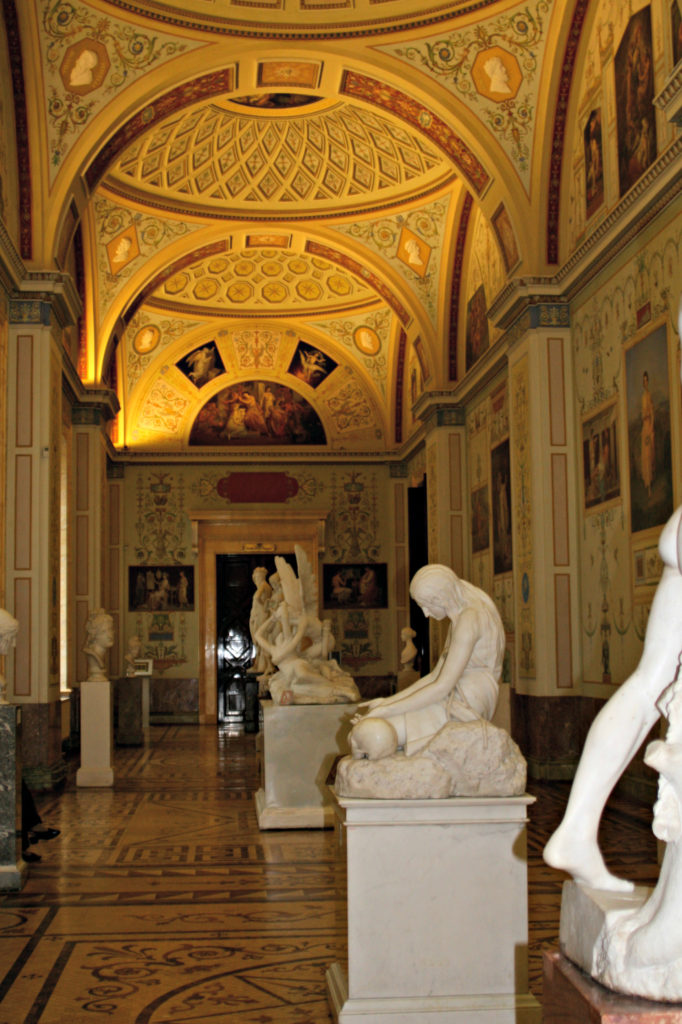

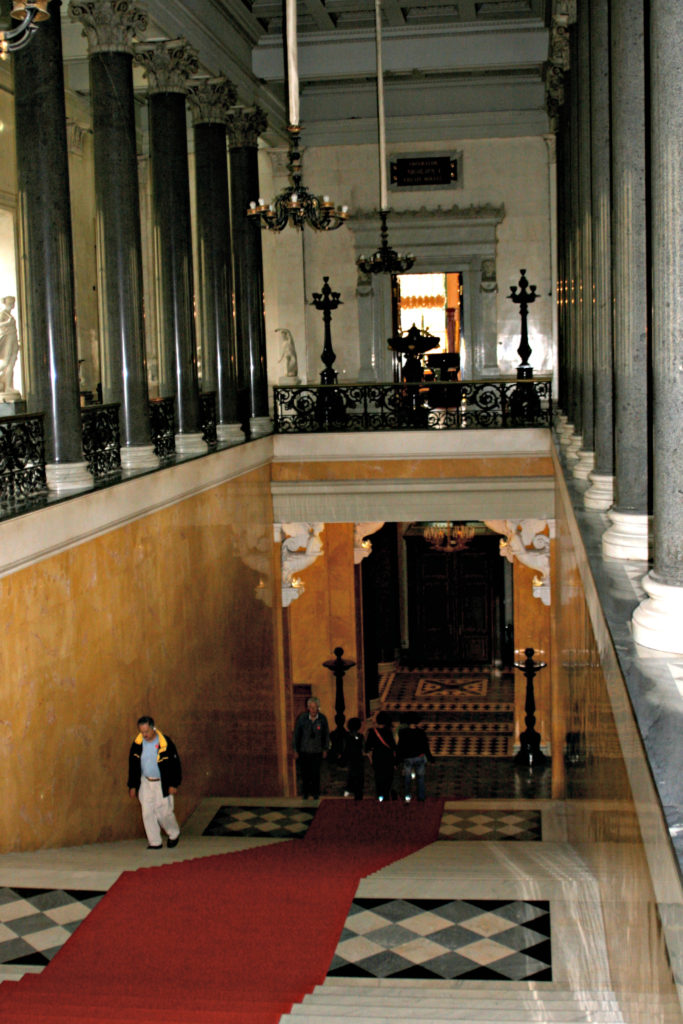

The first picture below is a marble sculpture with a panther head on a sphinx body. It is located in the Dionysus Hall which houses Roman decorative statuary. This statue is from 1AD and is modeled after an earlier Greek statue.
The second picture is a statue of Jupiter and is located in Jupiter Hall which takes its name from the statue. The statue is from the 1st century AD and is over 11 feet tall. Like the sculpture described above, the Roman sculptor based his work on an earlier Greek statue, this one of Zeus. Jupiter holds the figure of Victoria in one hand – Victoria was goddess of victory. In his other hand there is a scepter, a symbol of power. An eagle sits at Jupiter’s feet.
We also went to a gallery that showcased articles from ancient Egypt. In the third picture below, Haremheb, an advisor to Tutankhamun, a military hero, and ultimately a pharaoh, has passed to the afterlife and is worshiping three gods (Atum, Osiris, Ptah-Sokar). The sculpture is made of limestone and is from the 14th or 13th century BC. Haremheb is on the left and the three gods are on the right. There is also a picture of an Egyptian sarcophagus, though I found little information about it.
I would also like to note a very positive thing I thought the curators of the Hermitage are doing. They have dedicated a space to showcase a small collection of artwork of school children, some of whom might be future artists. What a great honor, as a child or young adult, to have one of your creations on display in the Hermitage. My last picture is one belonging to a student.



